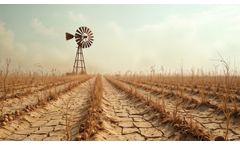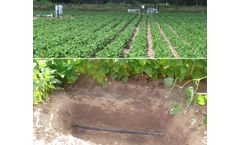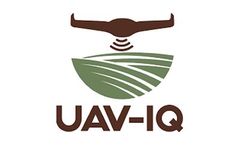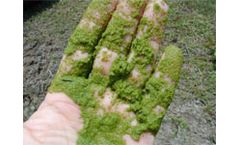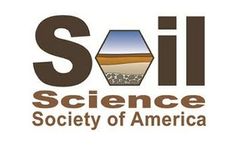Sprinkler Irrigation System Articles & Analysis
12 articles found
The irrigation process in agriculture, landscaping, and water management is crucial in its work with climate change-altered efficiency and sustainability. When the global temperature increases, so does the irregular supply of water, which directly affects irrigation systems across different parts of the globe. We pick from here and discuss further how climate change impacts irrigation and the ...
Design and Installation The new irrigation systems selected utilized conventional gear drive sprinklers operating at 414 kPa (60 psi) and the SDI system operating at 103 kPa (15 psi). ...
However, the Hawaii Department of Health's new "Guidelines for the Treatment and Use of Reclaimed Water" published in November 1993, limits uses of reclaimed water through overhead sprinkler irrigation systems. The subsurface drip irrigation concept provides a unique opportunity to effectively address the issues of reclaimed ...
Design and Installation The new irrigation systems selected utilized conventional gear drive sprinklers operating at 414 kPa (60 psi) and the SDI system operating at 103 kPa (15 psi). ...
However, the Hawaii Department of Health's new "Guidelines for the Treatment and Reuse of Reclaimed Water" limits reclaimed water applications through overhead sprinkler irrigation systems. Restricted use of secondary disinfected effluent through conventional sprinkler Systems has forced reuse in Hawaii ...
If you already have some short sprinkler irrigation system for frost control, you can use them to keep your cover crops ...
Irrigation techniques and technology based on principle of regular accumulation of moisture in active layer (surface irrigation, regular sprinkler irrigation) are most common in science and in practice. More progressive is principle of non-stop water supply of plants and soil in conformity to their water consumption. Drip ...
While the prevailing rationale for new irrigation technology adoption is improved water use efficiency, this study evaluated trade-offs between water savings, greenhouse gas (GHG) emissions and economic gain associated with the conversion of a furrow irrigation system to a sprinkler irrigation (lateral-move) ...
The six replicate house lots were typical of front lawns and house fronts of California residential developments and consisted of stucco walls, garage doors, driveways, and residential lawn irrigation sprinkler systems. Each of the six lots also included a rainfall simulator to generate artificial rainfall events. ...
On a global scale, irrigated agriculture consumes about 72% of available freshwater resources. Deficit irrigation can be applied in the field to save irrigation water and still lead to acceptable crop production. ...
Algae growth in irrigation water can cause a serious problem. Algae in irrigation tanks can clog the entire irrigation system, such as the pumps, filters, drip-installation and sprinkler nozzles. ...
Nighttime sprinkler irrigation usually results in lower wind drift and evaporation losses (WDELs) and better irrigation uniformity compared with daytime irrigation. However, daytime sprinkler irrigation modifies the microclimatic conditions within the crop canopy which could result in improved ...

